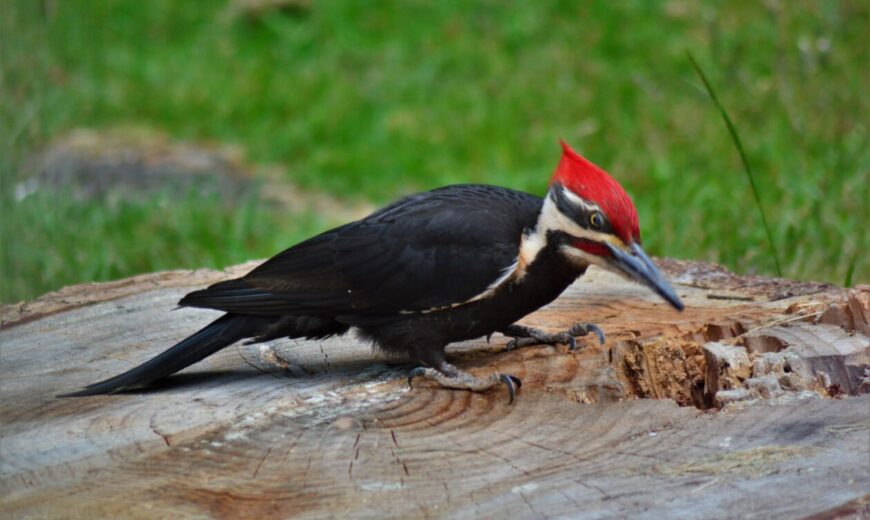St. Charles Park District Nature News – April 17
My dad was a big fan of the 1950s sitcom The Honeymooners. (So big a fan, in fact, that he wouldn’t pick up my mom for their weekly Saturday night date until after the show was over.) It follows then that, by association—and maybe genetics—I too am a big Honeymooners fan.
Every one of those 39 original episodes was a classic. With plot lines involving things like the Raccoon Lodge, Chef of the Future, Kram-Mar’s Delicious Mystery Appetizer and Captain Video, how could you go wrong?
I’d go on and on but—lucky for you—just one scene in particular is on my mind this week. It’s the one where Ed Norton (“Norton!”) is telling his buddy Ralph Kramden about his birdwatching adventures. He mentions that he’d seen a yellow-bellied sapsucker in Central Park. Doubtful, Ralph asks Norton how he knew what it was, and Norton replies, “‘Cause it had a yellow belly. And it was suckin’ sap!”
With all that said—guess what kind of bird I saw this week?
Sitting at my desk last Saturday at the Pottawatomie Community Center, I was looking out the window when I noticed a pair of very active birds hopping up the side of a Kentucky coffee tree. The first thought to enter my head was the basic i.d., “Woodpeckers.” Then, slowly, second thought bubbled up from a dark, little-used portion of my brain: “Those aren’t just any woodpeckers. Those are sapsuckers!”
Could it be? Sure, yellow-bellied sapsuckers—members of the woodpecker family—are seen in our area as they migrate through. But it had been probably three years since I’d seen one. Nonetheless, there they were, a male and a female, flitting around Pottawatomie’s Native Plant Garden.
Despite their name, and Ed Norton’s masterful description, these birds bore only a hint of yellow on their bellies, and they weren’t “suckin’ sap”—they were eating insects. So I had to look at other characteristics to help me make the i.d., namely the coloring on these characters’ backs, as well as the placement of the red on their heads.
Downy and hairy woodpeckers, two of our more common year-round species, have black and white coloration similar to the sapsuckers’, but it’s—how should I say this? More orderly. The sapsuckers’ backs are, um, kinda messy, a mish-mash of black and white bars. In addition, male downies and hairies have a dash of red across the backs of their heads. But the sapsuckers have more red, and in more places.
Using binoculars, I was able to see that one bird—the male—had red across the top of his head, an area called the crown, as well as a red patch on his throat. The female had a similar red cap but lacked the throat patch.
In the past when I’ve seen yellow-bellied sapsuckers in our area, I was able to go to the trees they’d visited and find their telltale marks: horizontal rows of shallow holes dripping watery sap. But these birds left no such sign. They seemed focused on the bark of the maples, oaks and hickories they visited, perhaps gleaning insects, spiders and other creepy crawlies from among the crevices.
They also seemed focused on each other. When one flew, the other followed, almost as if their movements had been choreographed.
Usually such behavior means courtship, and maybe that was the case here. But yellow-bellied sapsuckers don’t breed in our area; they prefer forests to the west and north, with a range that extends through northern Canada and into Alaska.
I don’t know how long our local sapsuckers will stay, so be sure to remain extra vigilant this week if you want to try and spot one. When you see a woodpecker, look carefully at its coloring. And remember, it doesn’t have to have a yellow belly, nor be suckin’ sap, to be a yellow-bellied sapsucker.
Pam Otto is the manager of nature programs and interpretive services for the St. Charles Park District. She can be reached at potto@stcparks.org or 630-513-4346.

